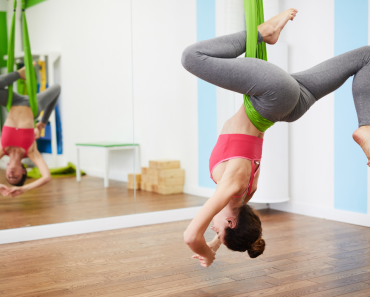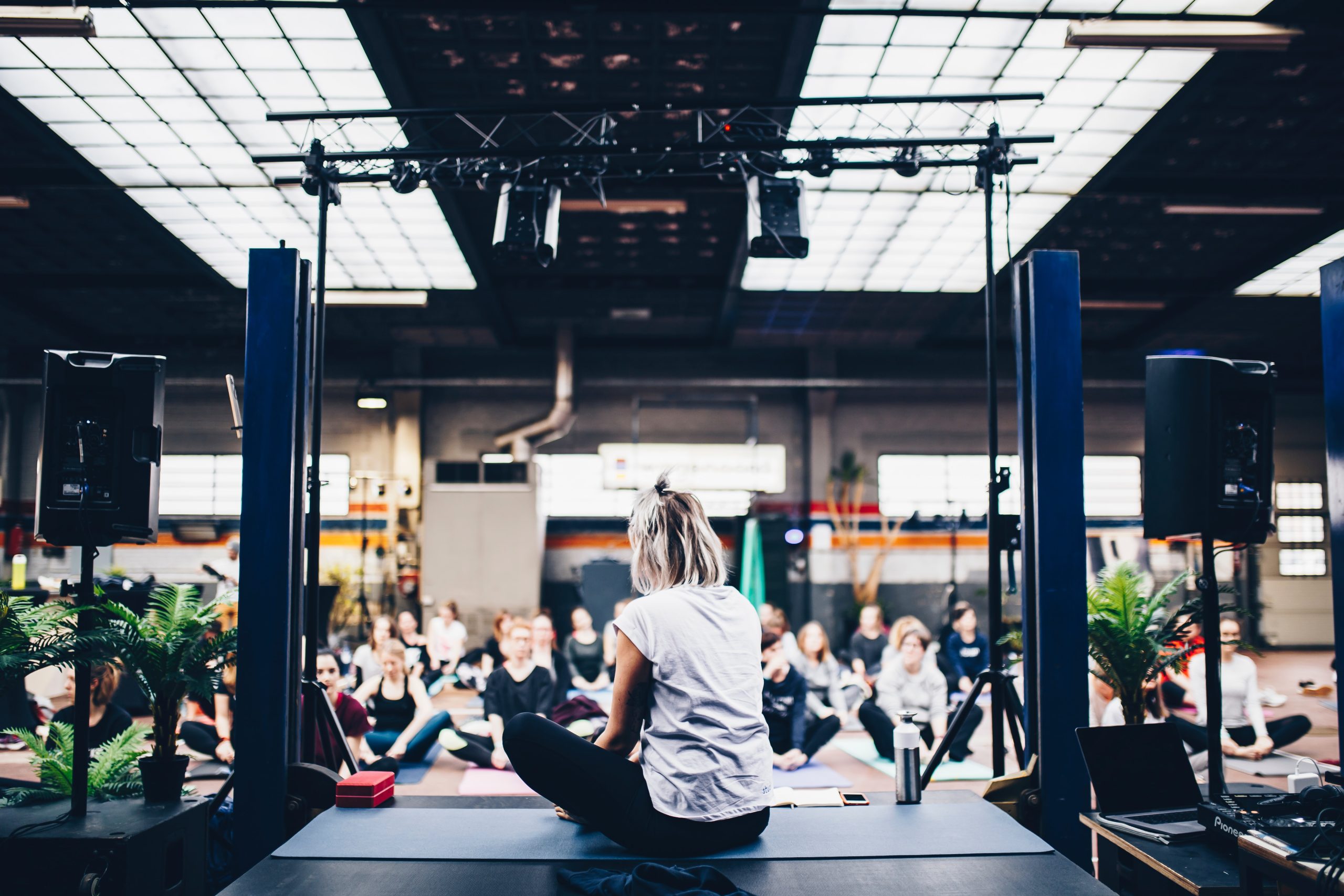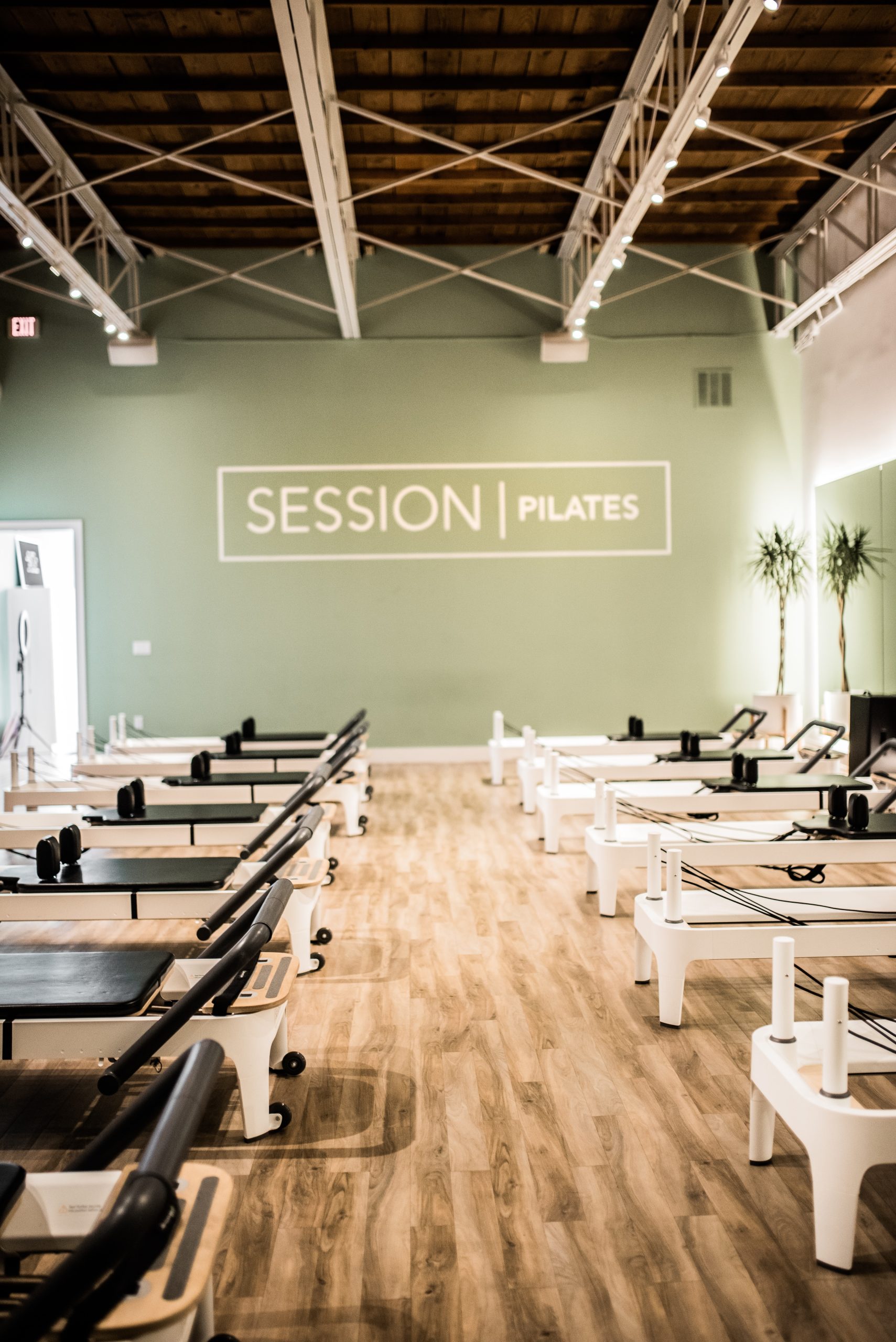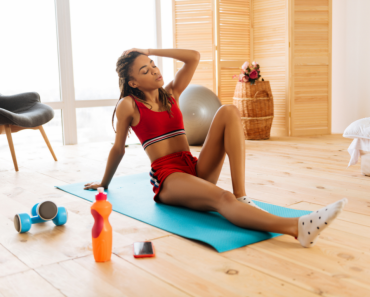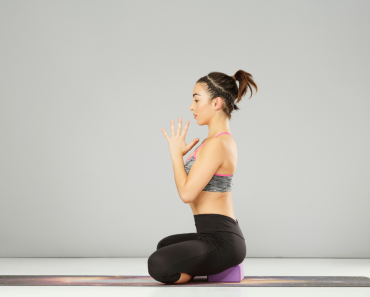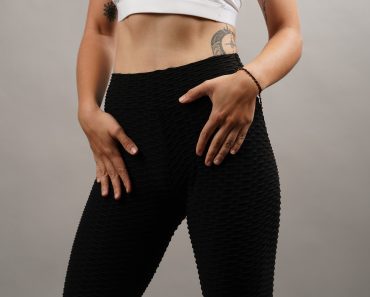Do you ever feel the urge to just lie down and relax? It’s no surprise. Most of us spend the majority of our lives at work or at home rushing from one scheduled duty to the next until we eventually fall asleep. Of course, sleep is essential, but so is relaxation. And there is a difference between them.
Rest differs from sleep, according to Judith Lasater, at least in part because our brains are still stimulated during deep sleep. Stressful dreaming, especially if it is recurring, can cause tension in the body. When we take conscious rests, the components of our physiological system that aid in the suppression of our sympathetic (fight or flight) nervous system—breath, brain, nervous system, and physical body—are all aided in allowing go of stress.
Restorative Yoga
Restorative Yoga offers relief through postures that are designed to restore the body’s natural curves. The primary goal of Restorative Yoga is to open and relax, rather than stretch and stimulate, as in other types of yoga. In Restorative practice, the objective is to calm the nervous system by stretching gently. A stretching sensation stimulates the nerves throughout Restorative exercise, so it’s essential not to provide yourself any stimulation when you do it.
Our bodies are fully supported in Restorative Yoga. It’s critical that our joints be loose and open, and that we don’t have to exert muscular effort to stay upright. Due to this, Restorative Yoga tools are necessary. These include blankets, eye pillows, yoga straps, yoga blocks, and yoga cushions. While any of Hugger Mugger’s blankets, eye pillows, straps, or blocks can be used for Restorative Yoga practice, knowing which bolsters to utilize in certain circumstances may be a bit more complex.
At Hugger Mugger, we take pleasure in the high quality of our yoga bolsters, which are robust, sturdy, and designed to endure. All of Hugger Mugger’s cushions are produced in our Salt Lake City factory. High-quality upholstery-grade materials are used by Hugger Mugger. Our yoga cushions have a foam core and cotton batting for the most solid and stable supports available anywhere.
After that, we’ll go through the many types of bolster available to fulfill a variety of requirements.
Standard Yoga Bolsters
A basic bolster is required for Restorative Yoga. By far, the most widely used type of bolster is a Yoga, Bolster. The flat top and large profile of this bolster make it ideal for use in Restorative practice. It’s sturdy and pleasant, with a lifespan that will span many years. I still have several bolsters from Hugger Mugger’s first production run more than 30 years ago at home, and I still utilize them frequently.
Firmness is required for yoga cushions, particularly Standard Yoga Bolsters. While they are commonly laid flat on the ground, there are a number of postures in which they are slanted up. If your bolster sags when it’s propped up on a block, you won’t be adequately supported by your body. The Hugger Mugger Standard Bolsters are recognised for their toughness and firmness. These bolsters are well worth the money.
Junior Bolsters
In some postures, Junior Bolsters can be used in place of Standard or Round bolsters. Junior Bolsters are shorter and less firm than Standard and Round bolsters, with a shallower profile. People with shorter spines may find that Junior Bolsters are considerably more comfortable in positions like Legs Up the Wall.
Junior Bolsters are ideal for resting your chest and stimulating the upper back. Because of their shorter profile, junior bolsters are fantastic for passive chest opening. The narrower width of the Standard Bolsters allows your arms and shoulders to relax away from the edges of the bolster, allowing for greater widthwise openness. Junior Bolsters are an excellent choice for knee support during Savasana.
Round Yoga Bolsters
You’ll find many Round Bolsters in Judith Lasater’s classic book, Relax and Renew. In many postures, round yoga bolsters can be used instead of standard bolsters, not so much the slanted bolster poses—but they may be more pleasant for some individuals in certain positions.
In some cases, the edge of a Standard Bolster is more abrupt. As a result, when your body hangs off the edge in poses like Viparita Karani (Legs Up the Wall Pose) and similar postures, the edge of a Standard Bolster might press into your back in an uncomfortable way for some individuals. In this case, a Round Bolster may be preferable.
To relieve strain on your back and hamstrings, put a bolster under your legs in Savasana (Relaxation Pose). The Standard Bolster might be too large for some people. A Round Bolster is gentler support than the Standard Bolster.
Pranayama Bolsters
Every afternoon, when I went to the Ramamani Iyengar Memorial Yoga Institute (RIMYI), we did pranayama. We would lie on Pranayama Bolsters with our heads propped up by a folded blanket on top of the pillow. The bolster expanded the chest widthwise while the blanket slightly closed the throat for Jalandhara Bandha (Throat Lock).
Pranayama Bolster is designed to RIMYI specifications and is firm, long, and wide. In numerous situations, practicing pranayama while lying down allows for deeper inhalations. Long, deep, slow inhalations and exhalations are what calms the mind and restore prana.
Pranayama Bolsters, in addition to their traditional function as pranayama props, may also be used as knee supports in forwarding bends.

